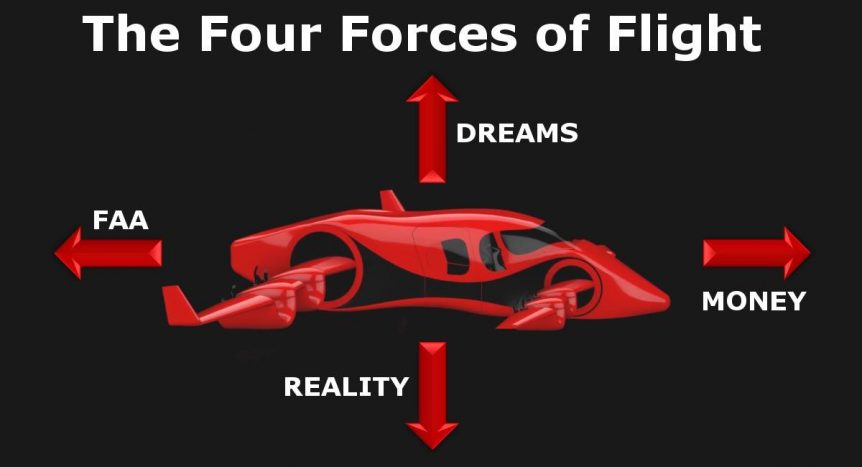With 2020 lurching into life in some turbulence, HopFlyt promises a smooth, above-the-fray experience. A look back at an innovative aircraft designer, the new variant applies electric power and new structural techniques unknown when Willard Custer had his inspiration. HopFlyt is a modern interpretation of that vision, with distributed electric propulsion, 3D-printed components, and simplified control systems. Willard was a far-sighted soul in the 1940’s, when aircraft were either all wood, all sheet metal, or mixed structures of wood, chromoly tubing and fabric. The composites that freed designers for swoopier things were a few decades away. Willard Custer’s Big Idea Reputedly a descendant of George Armstrong Custer, Willard Custer envisioned a propeller in a semi-circular channel that might produce lift as well as thrust. This blog channeled that history in an earlier article on HopFlyt in 2017. While you can see real-life footage of the original channel wing concept in that entry, we turn to Tom Stanton, who built a …
Tag Archive
Below you'll find a list of all posts that have been tagged as “Rory Feely”

